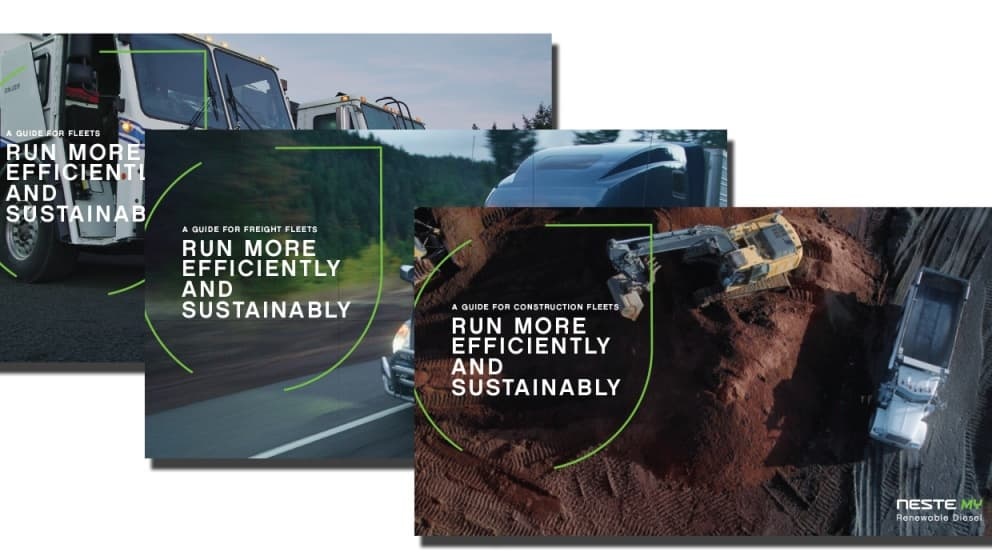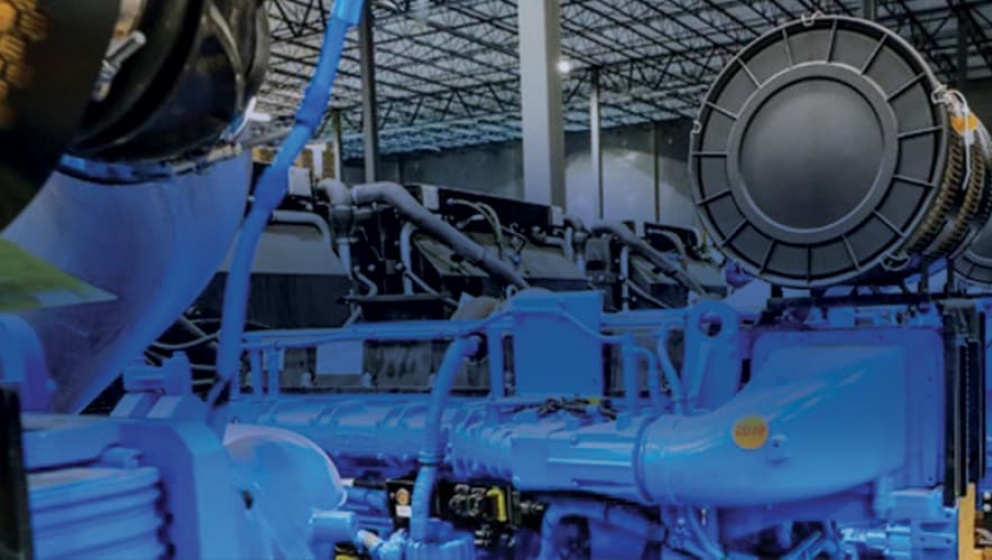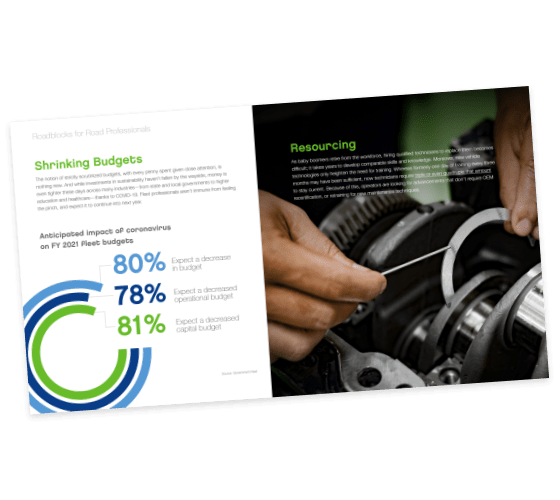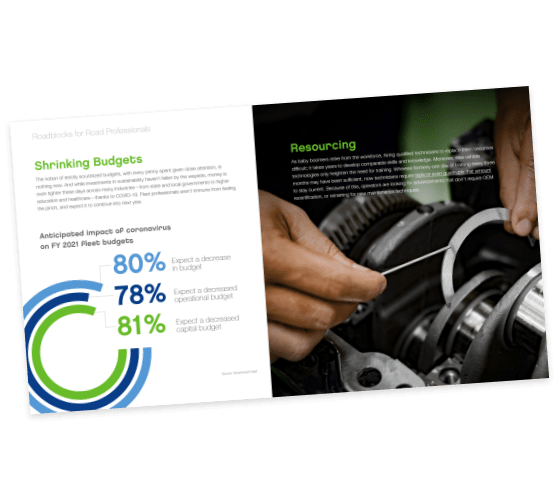"The renewable diesel trials at our U.S. Borax operations could pave the way for Rio Tinto to be the first mining company in the U.S. to operate a fully renewable fleet."
Neste is supplying Neste MY Renewable Diesel to
power Rio Tinto’s haul trucks
at the U.S. Borax mine in Boron, California
Rio Tinto hopes to
transition the whole heavy machinery fleet
at Boron to renewable diesel by 2024
Renewable diesel can help Rio Tinto U.S. Borax
reduce greenhouse gas (GHG) emissions
by up to 45,000 tonnes
per year
Rio Tinto is making its mining operations more sustainable by switching to renewable diesel
Diesel, a common fuel in the mining industry, is utilized because diesel engines are powerful enough to move trucks that can be the size of a two-story house on wheels, more than 7 meters tall, and carry hundreds of tonnes in every load. However, engines running on fossil diesel are a major source of emissions. For Rio Tinto, the leading global mining group, the use of diesel in mobile fleet and rail represents approximately 13% of emissions across its operations. Despite making advances globally in electrifying their mining fleets, Rio Tinto still relies on emissions-heavy fuel for transport, haulage and logistics.
3 challenges faced by Rio Tinto
- Reduction of GHG emissions effectively from diesel-powered haul truck fleet
- Need for a safe and OEM-approved solution that works with the current engine and fueling infrastructure
- Demand for a fuel solution delivering similar performance and reliability as conventional diesel
Solution
Piloting a renewable fuel source
At Boron, Rio Tinto is piloting Neste MY Renewable Diesel, a molecularly identical, reliable, drop-in substitute for petroleum-based diesel. Made from sustainably sourced, 100% renewable raw materials, such as used cooking oil and animal fat from food industry waste, Neste MY Renewable Diesel can deliver up to 75% less GHG emissions compared to fossil diesel*.
In 2022 a seven-month pilot program, in partnership with Neste and Rolls-Royce began. Data from this pilot has shown that the reliability and efficiency of trucks running on Neste MY Renewable Diesel is equal to that of their fossil fuel counterparts, thus demonstrating the importance of renewable diesel as a viable alternative.
A seamless transition
Neste MY Renewable Diesel is chemically identical to fossil diesel and meets the ASTM D975 specification for petroleum in the US and EN 15940 in Europe. Because the fuel is molecularly identical to fossil diesel, Rio Tinto did not need to modify any of their diesel engines. This key benefit will also enable their existing fleet of trucks, trains and mobile equipment to seamlessly make the transition to Neste MY Renewable Diesel. In addition, Neste MY Renewable Diesel has excellent stability, which provides for outstanding storage properties.
The transition is further supported by TACenergy, Neste’s channel partner in California working diligently for the past decade to develop programs that benefit the renewable diesel use cases growing under programs like the Rio Tinto trial.
“Working alongside both Neste and Rio Tinto, we have monitored and managed the supply and delivery logistics to keep the evolving renewable diesel industry growing across the southern California markets. With partners like Rio Tinto, renewable diesel will be able to display its abilities as an alternative in the heavy equipment industry as well as other diesel uses,” said Fred Sloan, Chief Operating Officer of TACenergy.
Becoming the mining industry’s forerunner
Based on these positive results, Rio Tinto is now working with the Environmental Protection Agency, the state of California, and engine manufacturers to transition its whole heavy machinery fleet at Boron to renewable diesel by 2024. Rio Tinto predicts this will reduce GHG emissions by 45,000 tonnes per year – equivalent to the emissions from more than 9,600 cars**.
“It is very exciting to be the first operation to prove a concept that will continue to be used many years into the future,” said Donald Forshee, Acting Mine Manager, Boron.
This pilot supports Rio Tinto’s global decarbonization objectives, which include a 50 percent reduction in Scope 1 & 2 emissions by 2030, and a commitment to reach net zero by 2050.
*Lifecycle greenhouse gas emission reductions compared to fossil diesel and based on current feedstock pathways. Calculation method complies with the LCFS CA-GREET 3.0.
**Source: United States Environment Protection Agency Greenhouse Gas Equivalencies Calculator. 45,000 tonnes CO2e is equivalent to greenhouse gas emissions from 9,696 gasoline-powered passenger vehicles driven for one year.

Contact us

Browse our downloads



